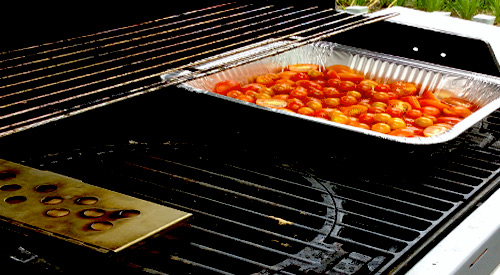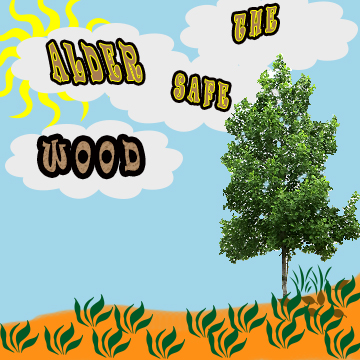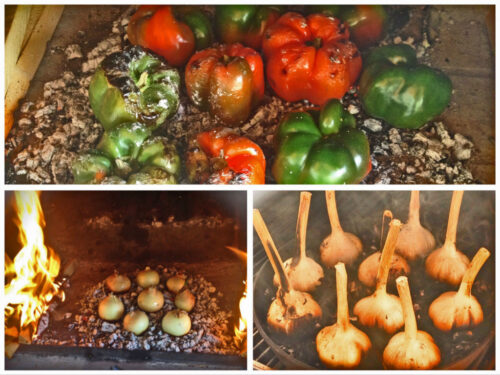Sat 11 Jan 2020
SIZED COOKING WOOD CHIPS BY OUR ‘WEIRD’ NAMES!
Posted by DrSmokeRead other related stories: Canadian blog , Commercial , General Smoking Information , Smoking Tips , Smoking with chips
No Comments
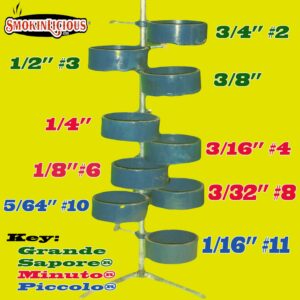
Smokinlicious® Custom Process for Sized Cooking Wood Chips
OUR WEIRD NAMES FOR SIZED COOKING WOOD CHIPS
The conversation always ends the same when we inquire about the size chip product needed. “It’s the size of a penny”, or sometimes they say a nickel, dime or quarter. That is the only reference we are provided with to produce a wood chip product quote! With all due respect, coin currency is not the same from country to country including the penny which is now obsolete in Canada!
A great deal of commercial brand equipment, especially industrial smokehouses, are manufactured in Europe and Canada. These countries use the metric system, a concept that is all but lost on most American companies since it is not a commonly used practice.
This is not the case for SmokinLicious® which currently tracks 9 sizes in our manufacturing process so we can assure consistent product manufacture. And yes, we reference the metric system in our sizing!
Taking a page from the “Dummies” guide book concept, we found that most companies producing a wood chip product screen for two common sizes. In fact, they often sell the two sizes by reference to packaging bag color. We at SmokinLicious® screen for 9 different screened sizes! Why? Because for food manufacturing companies to be cost effective while gaining optimal level of flavour infusion to their food product(s); correct wood product selection matters!
Incorrect Size Chip
If you comprehend that an incorrect size chip product in your commercial equipment will compromise the overall flavour profile due to variability in combustion of the product. Then you would be ready to maximize not only the budget for the smokehouse operation but likely preserve more capital that would have gone to equipment breakdown expenses caused by inappropriate sized wood product clogging smoke regulators.
We know what the various equipment manufacturers recommend; well, to be honest, we know what they think is best for their equipment. But let’s face it – their goal is to produce a state of the art, mass volume producing, time efficient smoke house with the hope that it will be efficient with the wood product material selected by the user. They do not commonly source the wood product material to go with the equipment once sold and they certainly don’t know the intricacies of hardwood. That’s where SmokinLicious® will step in. Our Team has the expertise to make the perfect size match that will produce ideal combustion rate which in turn results in ideal flavour infusion, color infusion, and function of the smoke house. Plus, we dial in the suitable moisture level to generate that perfect combustion rate that produces consistent results every time the smoke house operates.
Join Us for Sized Cooking Wood Chips
Once you join us, you’ll come to appreciate our “weird” names like Grande Sapore® (our larger screen chip sizing), Minuto® (covering 4 mid-screen sizes) and Piccolo (are smallest screen production that includes 3 micro sizes). We’re confident that you will come to understand and appreciate that our “weird” names provide assurance that we know what we’re talking about, we know what will work with your specific equipment, and that each order will have consistent particle sizing. No “two color” bag option that contains whatever scrap wood happened to be available that day for processing.
We don’t complicate things. By offering more options in wood chip/sawdust product, we can give our customers the flavour outcome they never imagined and cost efficiency they only dreamed about. Let’s find out what your favorite “weird name” will be and make you a member of our “club”!
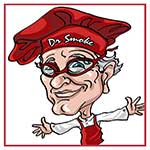
Dr. Smoke- we have any chip size to fit your needs!
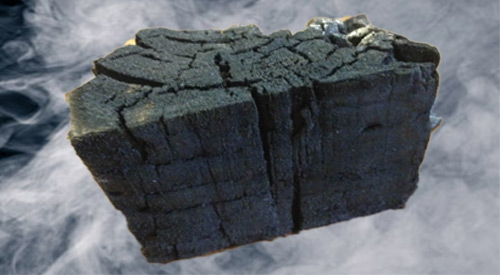





 After stirring a couple of times, both the whole and halved Brussels sprouts are ready in about 20 minutes time. I simply remove them from the heat and bring them in to be added to my favorite recipes.
After stirring a couple of times, both the whole and halved Brussels sprouts are ready in about 20 minutes time. I simply remove them from the heat and bring them in to be added to my favorite recipes.


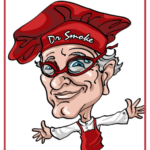

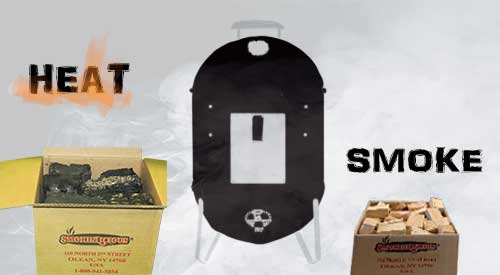

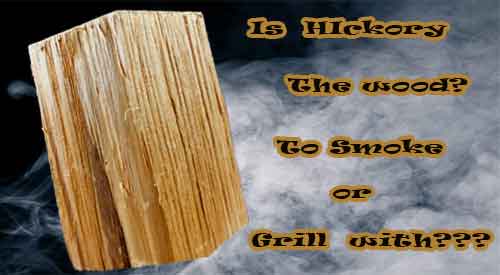
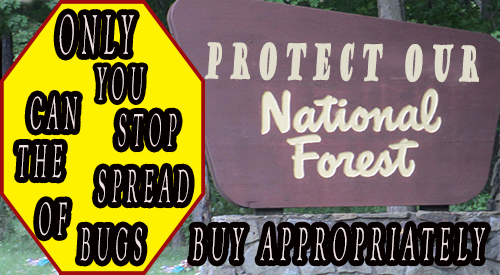

 Know this from the start – You do not need a large fire! A small fire is best to accomplish your cooking in about an hour’s time. For my fire, I am using ten SmokinLicious
Know this from the start – You do not need a large fire! A small fire is best to accomplish your cooking in about an hour’s time. For my fire, I am using ten SmokinLicious  You will know when the coals or embers are ready for cooking when you have uniform coals and they are glowing red from the bottom and gray on top. I keep a couple of larger coals banked to the side to maintain heat and for reserved hot coals. Just in case I need to rake more to the cooking side. I like to nestle a high heat metal cooking rack on the hot coals and then place my
You will know when the coals or embers are ready for cooking when you have uniform coals and they are glowing red from the bottom and gray on top. I keep a couple of larger coals banked to the side to maintain heat and for reserved hot coals. Just in case I need to rake more to the cooking side. I like to nestle a high heat metal cooking rack on the hot coals and then place my With the zucchini and coal rack in place, I give the embers about 8 minutes to char and cook the first side of the zucchini. After that time, I gently turn the zucchini so that each side gets an even char. Once the first 8 minutes are done, there will be less time needed for each of the other sides as the zucchini will hold heat. I’ve added one additional wood piece to my banked fire just to be sure I have enough heat in the coal area. I will not put the lid on the unit during the entire cooking process as this is open fire cooking. My total coal cooking time is approximately 16 minutes.
With the zucchini and coal rack in place, I give the embers about 8 minutes to char and cook the first side of the zucchini. After that time, I gently turn the zucchini so that each side gets an even char. Once the first 8 minutes are done, there will be less time needed for each of the other sides as the zucchini will hold heat. I’ve added one additional wood piece to my banked fire just to be sure I have enough heat in the coal area. I will not put the lid on the unit during the entire cooking process as this is open fire cooking. My total coal cooking time is approximately 16 minutes. After placing my ember fired fresh zucchini on hot coals for about 16 minutes total, turning several times to get an even char, this spectacular vegetable is ready for eating. You will see, there is very little coal bed left following this technique so remember, if you are cooking more than a
After placing my ember fired fresh zucchini on hot coals for about 16 minutes total, turning several times to get an even char, this spectacular vegetable is ready for eating. You will see, there is very little coal bed left following this technique so remember, if you are cooking more than a 